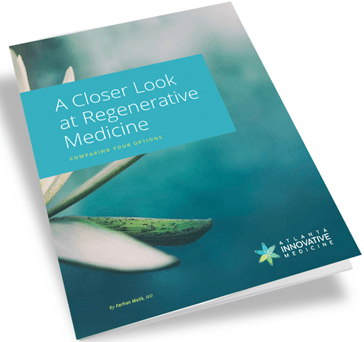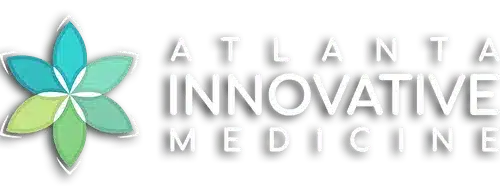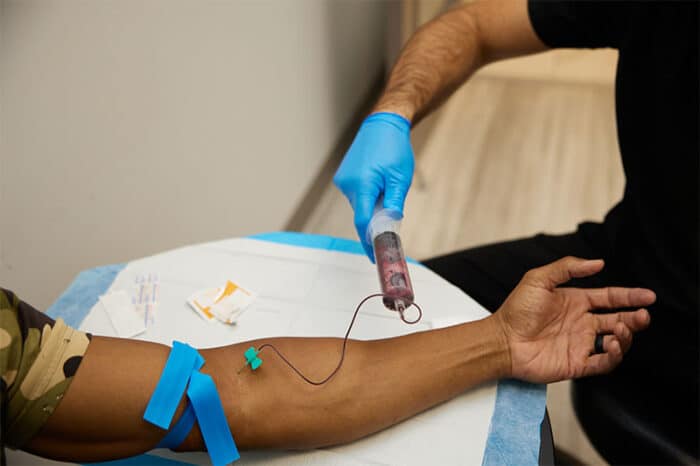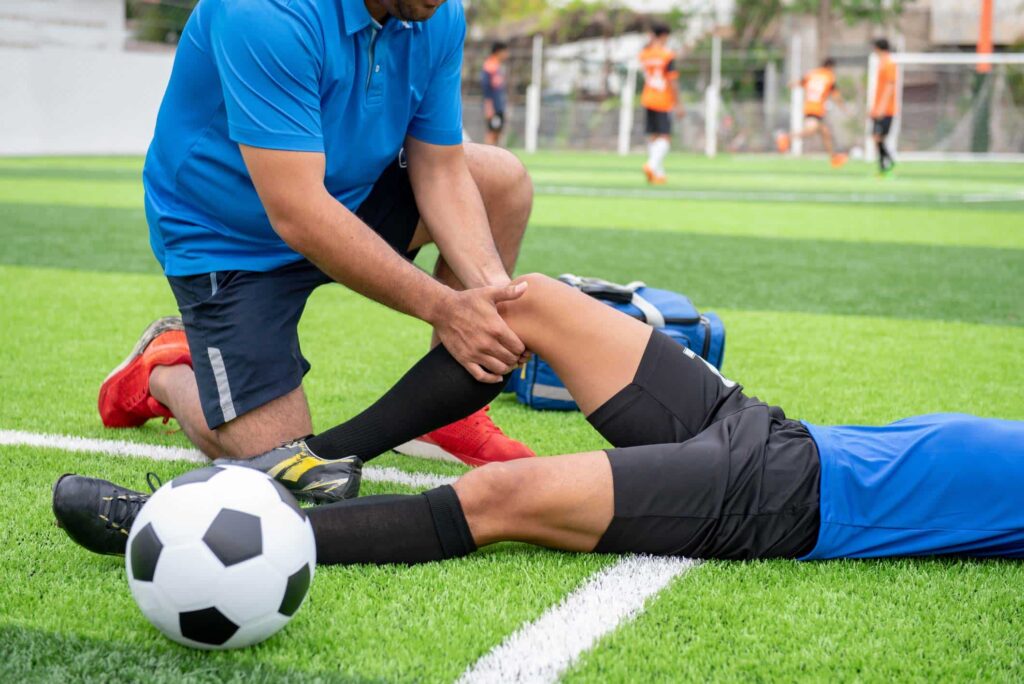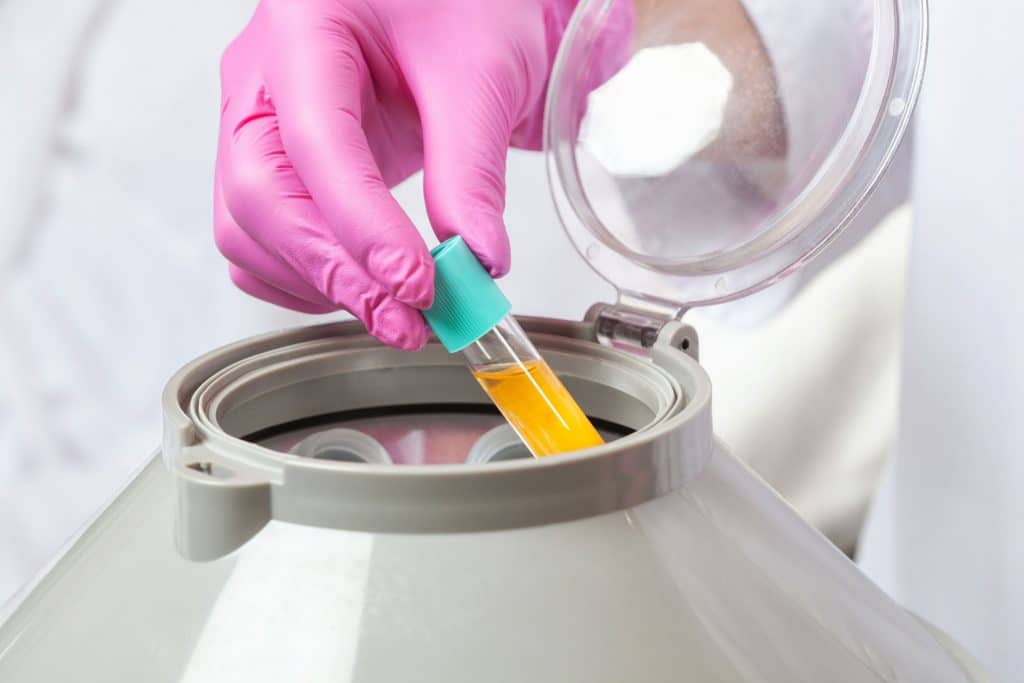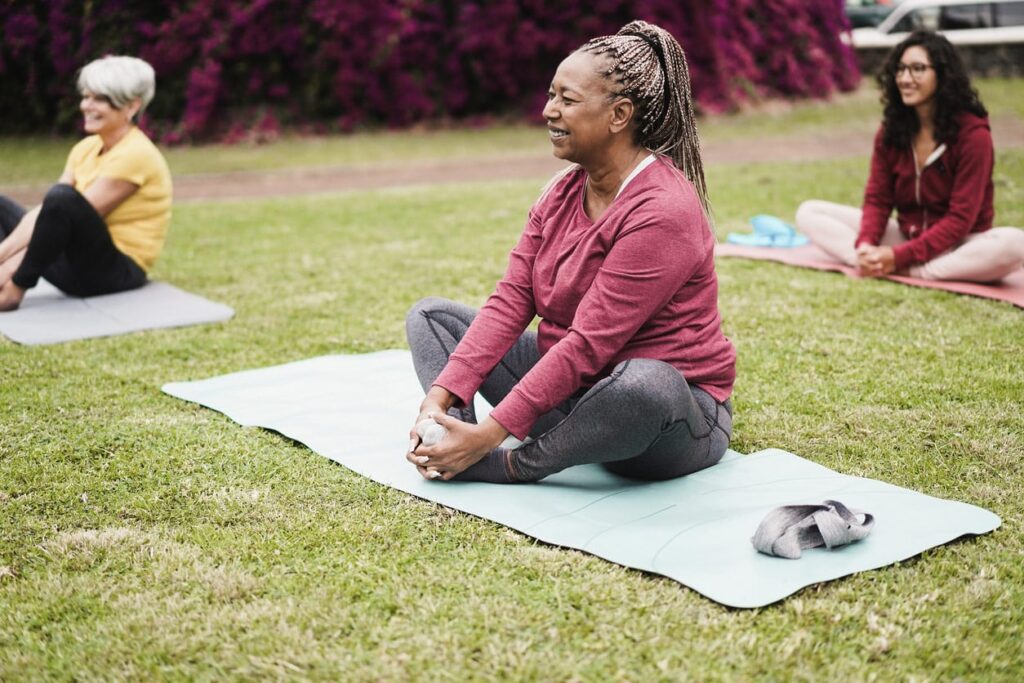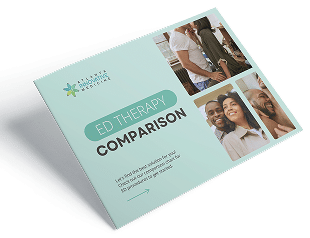While platelet-rich plasma has been around for years, it has become increasingly more popular recently.
Part of this has to do with a large number of patients becoming more health-conscious in recent years. They are interested in addressing the root causes of their health problems, rather than just masking the pain with potentially harmful prescription drugs.
This increased health consciousness has made PRP therapy a go-to option for limiting the use of oral medications and avoiding invasive surgeries.
Another reason that PRP therapy has become more widely used is because of the extensive advancements that have been made in the medical field. Better technologies have made this treatment more accessible than ever before.
While PRP injections have become more common, it is important to understand that not all platelet-rich plasma treatments are the same. Some clinics may still rely on outdated harvesting and enrichment methods that typically do not produce significant results.
Our PRP clinic utilizes the very best harvesting and concentration methods available in order to create super-concentrated PRP.
We look forward to helping you start your journey to a life without joint pain today! Call our experienced staff at 770.232.6243 now to schedule your free consultation or to ask any questions you may have.
